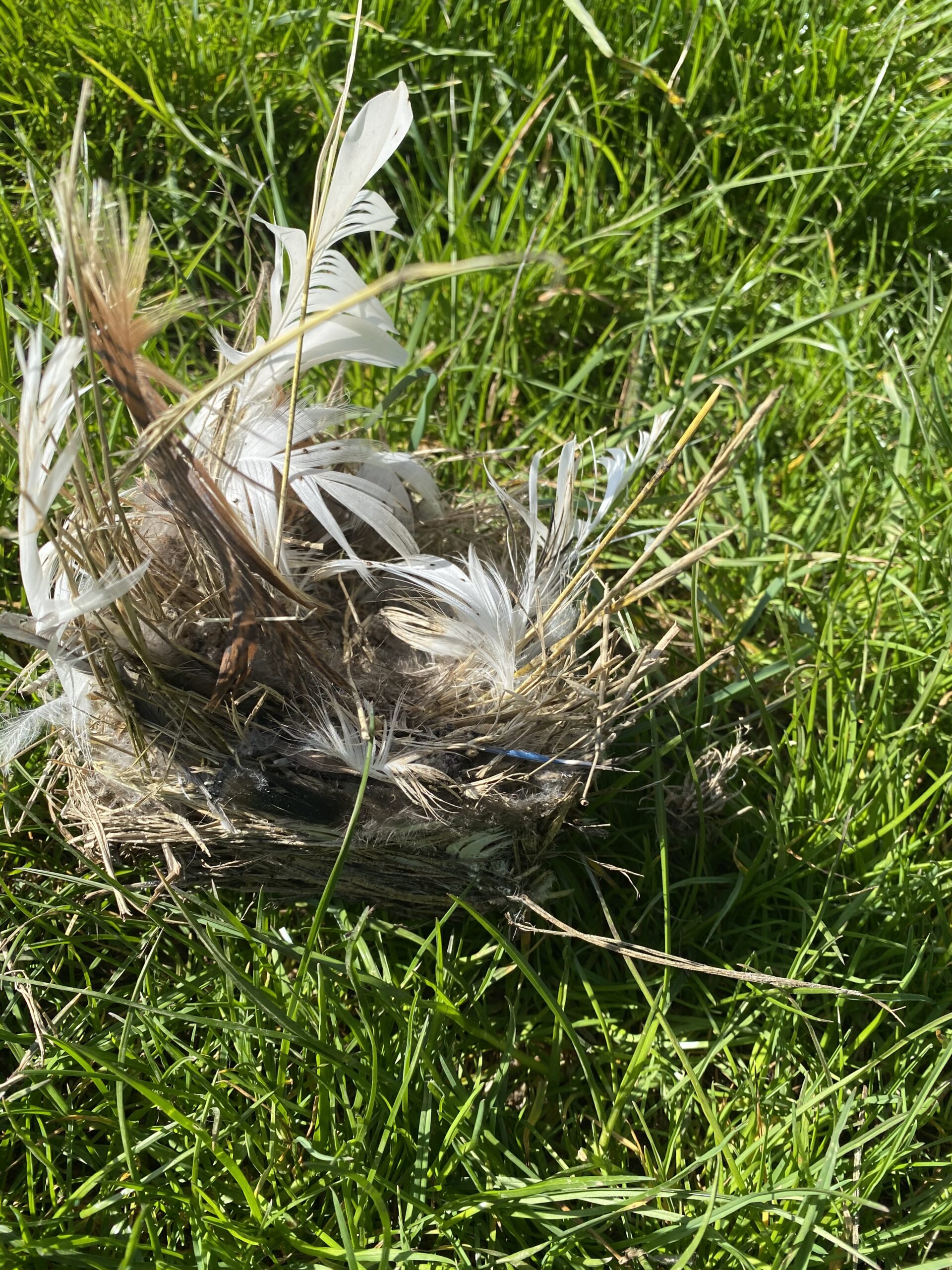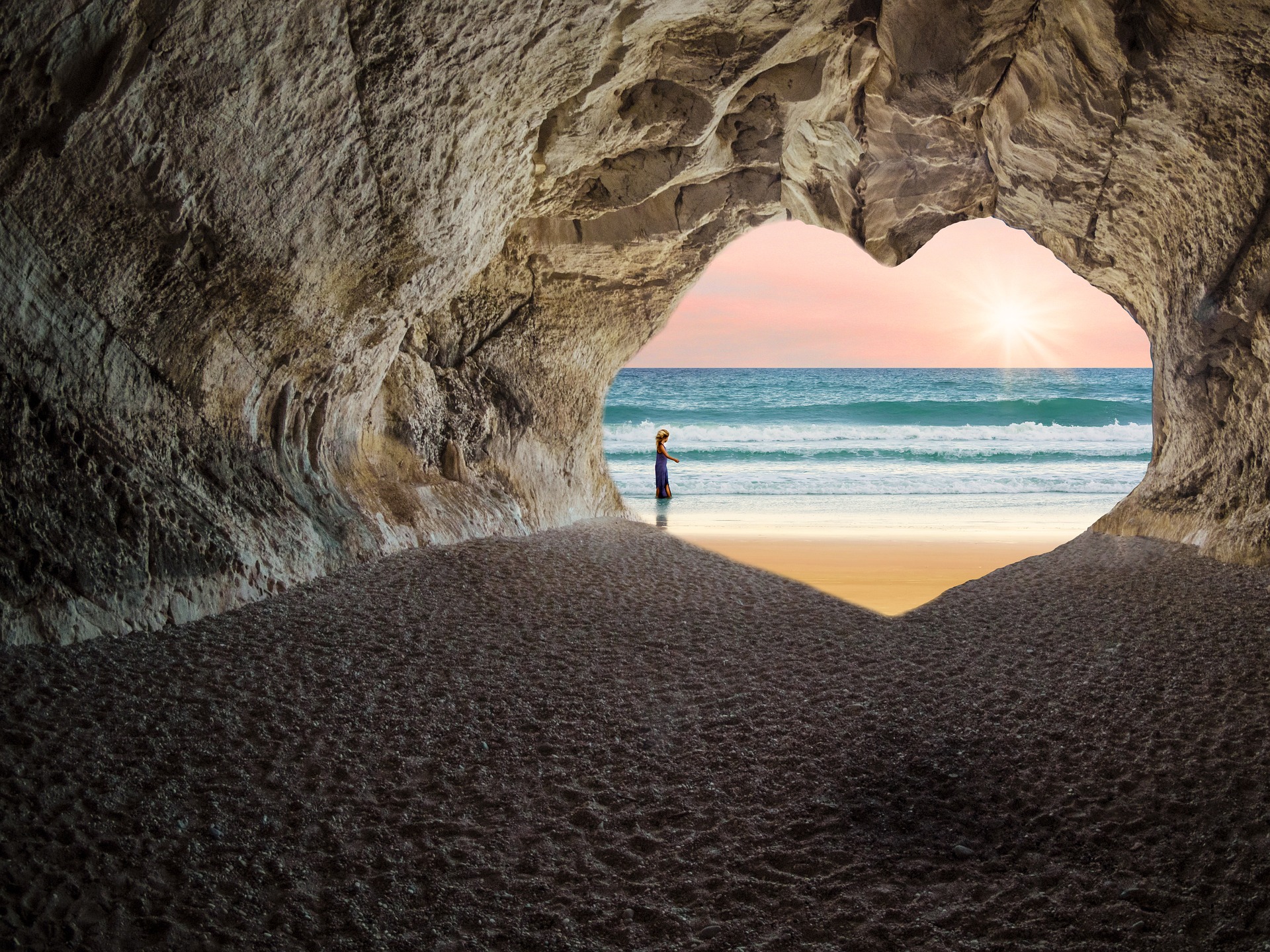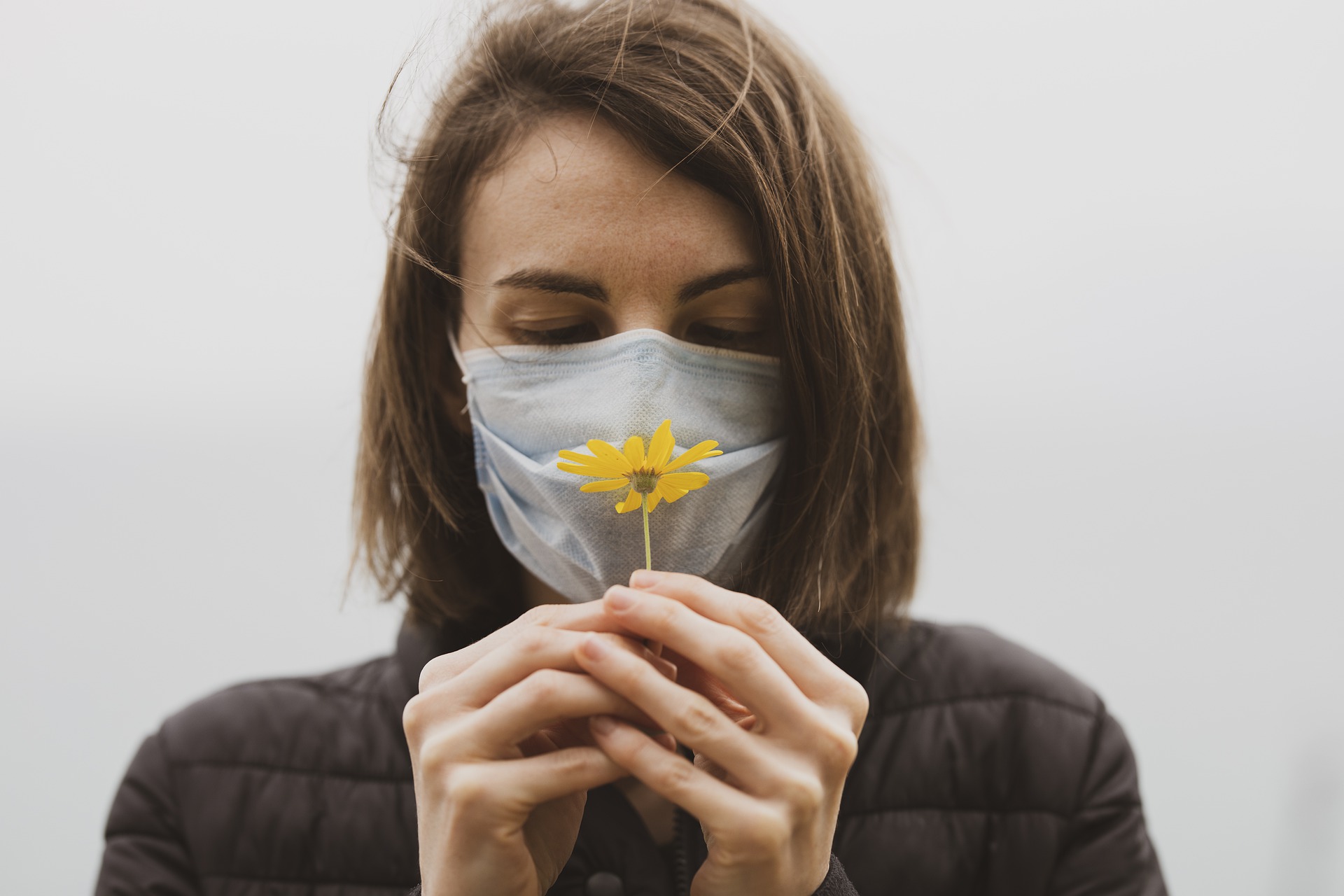
Green on Green
Here in Oregon the color is always on-brand, just like rain, her more-famous sister brand. When spring first rolls around, the infinitude of colors of green flood the landscape. No one has yet invented Spring foliage tours, but the potential is there.
Oregon Leaf Peeping tours. come drink in the colors during our spring greening event, at its best for only a couple or three weeks. (Just remember: you heard the idea here.)
Ever since the increased loss of ancient forest lands to wildfire in the last five years, I try to stay focused on gratitude for what’s left. Spring always makes this less of a struggle, with its constant reminders of renewal.
Earlier this month I went on a retreat in HG Andrews Experimental Forest. It’s in the Cascade mountains a couple hours from my home. It’s also the very first US Forest Service outpost devoted to forest research, centered in an ancient forest stand. It was established around the time of my birth, a more innocent and less fiery time.
I had been there exactly a year ago. Since then 70% of the surrounding forest acreage had burned. In addition, windfall from last winter’s ice storm damage surrounding us served as a constant reminder of nature’s growing vulnerability. Seeing all of this damage hit me hard.
How do I open up enough space for hope along with this sorrow? This was my heart’s cry as I walked the trail. After a good cry, I just might’ve needed to distracted myself a bit because before I knew it I was trying to name all the colors of green in a Crayola box. (The kind with 120 colors and a sharpener embedded in the box.)
I sat on a stump on a virgin forest riverbank to contemplate this, ancient trees all around. The longer I perched there the more I could see. I began to imagine breathing it all in. I gazed at a cluster of moss for a while, slowly letting in what was right in front of me. I counted at least five different species of moss, layered in deepening shades of my new favorite color.
Fir, hemlock, and cedar created a canopy which sheltered their moss friends. A few trillium flowers trumpeted the arrival of spring and tiny calypso orchids poked shyly out of the earth. It was like a Disney movie.
I drank it all in and closed my eyes. When I opened them again the words forest magic drifted through my mind. In its spell, I forgot to name anything at all, no matter what color. I was flooded by a deep sense of the ineffable beauty and comfort of all creation. I remembered a few words by poet Dylan Thomas. “The force that through the green fuse lights the world.” There was a sweet moment of being completely taken over by that powerful source of renewal. Then a flood of profound peace. Followed by a desire to protect the fragile land.
There’s comfort in knowing that I’m not alone. And I still carry the green fuse in the pocket of my mind. Maybe you’d like to put it in your pocket too, as you revel in the new life that spring offers.
|
Mourning Dove soft cry first sound new day rising voice of hope or a question. Are you there? the answer a beat away but steady now, now, now. a slow dissolve and a surrender to a landing and a resolution and a repetition or a preparation for the next call. Are you there? Where? Where, where, where? Same chord with the same soft insistence on a mournful tone of longing and a forever call with the same always response. just this, this, this, and this here, here, here. and here. Home, home, and home —SgB 2023 |
|
photo by George Beekman |




















